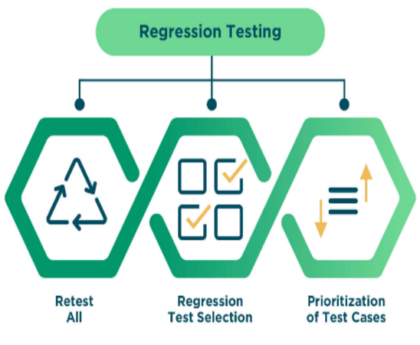In an increasingly global economy, companies of all sizes need a flexible network to enable agility and innovation. But costly hardware purchases and ongoing maintenance costs can sd-wan make this difficult for smaller firms.
SD-WAN offers a different way to address these challenges. This solution combines multiple capabilities into a single platform, offering numerous benefits, including:
Scalability
Many branch offices rely on multi-year contracts for MPLS transport and a set amount of bandwidth, which limits their ability to adapt to shifting business needs. What is SD WAN? SD-WAN allows for a smooth operational flow by ensuring application performance is maintained despite network changes. IT teams can quickly adjust to a change in the use of office applications; or a new cloud provider by changing policies and rules via a single-pane-of-glass interface.
In addition, centralized control and management; enable organizations to optimize WAN traffic over any connection, such as private or public broadband internet, VPNs, or LTE. This increases network bandwidth, reduces costly backhauling, and enables greater flexibility when changing the use of cloud applications.
An additional benefit of an SD-WAN solution is that it provides a seamless onramp to the cloud by providing a higher quality, lower latency experience; improving productivity and customer satisfaction while reducing risk. Combining features, including application prioritization, optimization, and acceleration, can achieve this. Those features are critical for businesses moving to the cloud to ensure their users’ applications perform properly; anywhere they are located worldwide.
Reliability
The ability to prioritize and route traffic based on the type of application and who is using it significantly improves reliability over traditional WAN technologies. It can allow UCaaS and security services to take priority over data transfer between offices, reducing costs while improving performance.
Traditionally, network admins have manually configured edge routers to choose the best path between two points. This requires expertise in routing protocols and can be time-consuming. SD-WAN centralizes control and management through a controller, making this process more efficient.
SD-WAN also provides insight into which applications consume the most bandwidth and a clear understanding of how much each costs the business. This allows a clear business case for switching from expensive MPLS connections to cheaper alternatives like VPNs or economic broadband.
Flexibility
SD-WAN can make network connectivity to branch offices and remote workers more flexible. For example, it’s easier for IT to turn up new internet broadband or wireless (LTE/4G) links to branch offices than MPLS — at far less cost.
The underlying technology behind SD-WAN is software-defined networking (SDN), which separates the management of network devices from the data plane that forwards traffic. This makes the devices easier to program and automate and dramatically reduces manual operations.
Early SD-WAN solutions focused on improving availability and last-mile bandwidth by using link bonding to combine multiple WAN connections at the link level and improve overall performance. More recent solutions have moved beyond this to provide more flexibility and better WAN performance by application-aware routing that can move away from an over-reliance on MPLS, prioritizes traffic for SaaS or VoIP applications, supports peering arrangements with other ISPs, and provides dynamic route selection for data based on network conditions. This flexibility also enables businesses to use cloud-based points-of-presence with built-in networking capabilities.
Security
In addition to reducing network complexity, SD-WANs offer advanced security capabilities. They can provide unified control and management, enabling IT to deploy and change security policies from one centralized location. This approach eliminates human errors that can compromise performance and security.
SD-WANs also enable enterprises to prioritize and route traffic based on applications, providing greater flexibility and efficiency when connecting locations. This enables lower-cost internet links while retaining MPLS for critical traffic. In addition, a secure SD-WAN provides redundancy and carrier diversity.
Many vendors now offer SD-WAN as a service, either on-premises or hosted in the cloud. This approach delivers a converged networking and security solution in a single service that can easily scale up or down.
This model is particularly beneficial for organizations with remote workers, as they can leverage a secure SD-WAN in their home office and connect remotely to the enterprise network. This reduces the need for expensive WAN connections and helps improve remote workers’ productivity. It also integrates with security functions such as firewalls and CASB to ensure data is always protected.
Cost
By 2025 and beyond, networks will become flatter, simpler to operate, and less expensive to buy and install. Predictive analytics will make them self-configuring, self-repairing, and much more proactive.
The WAN simplification that SD-WAN offers reduces costs and bandwidth efficiency while improving application performance for critical applications. It also eliminates backhauling data from branch offices to headquarters, which introduces latency and impairs performance.
This trend towards a more intelligent network will enable enterprises to deploy sites in minutes and use any available data service such as MPLS, DIA, broadband, or wireless WAN links. It will also support cloud migration, enabling businesses to run critical applications in multiple clouds for business agility and better outcomes.
Additionally, many telcos now offer SD-WAN as part of a bundle of services that includes access and transport – reducing the upfront cost and ongoing management fee. This ‘as a service’ approach is gaining popularity as IT teams want to avoid hardware investments in the machine room and focus more on their business objectives. This is especially true for UCaaS and security.




